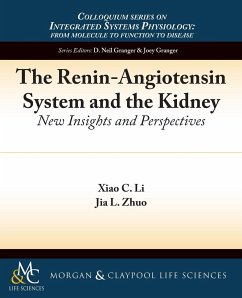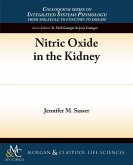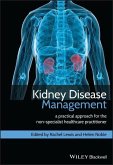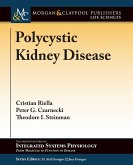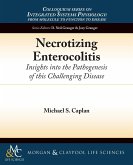The renin-angiotensin system (RAS) is one of the most important endocrine (tissue-to-tissue), paracrine (cell-to-cell) and intracrine (intracellular/nuclear) humoral systems in the regulation of blood pressure, cardiovascular, and kidney function in health and disease. The RAS has remarkably evolved from the initial discovery of the rate-limiting enzyme renin to a complex biochemical and physiological cascade involving more than a dozen members. Currently, there are up to five axes or pathways identified in the RAS; each has its substrate, enzyme, effector peptide, receptor, and downstream signaling pathways. These include the renin/ACE/ANG II/AT1 receptor, the APA/ANG III/AT2 receptor, the ACE2/ANG (1-7)/Mas receptor, the prorenin/prorenin receptor (PRR), and the ANG IV/AT4 receptor (IRAP) pathways. Accordingly, the roles of the RAS have expanded well beyond the classic endocrine paradigm as a powerful vasoconstrictor, a potent aldosterone stimulator, or a sodium-retaining hormonal system. The goals of this article are to review and discuss the current insights into and new perspectives on the expression, localization, and novel actions of the RAS with a focus in the kidney. Special emphasis will be placed on recently discovered new members of the RAS derived from studies using innovative mutant rats or mice that either overexpress (knockin) or are deficient (knockout) of a particular substrate, enzyme, ANG peptide, or receptor. This new knowledge will help improve our understanding how each of these pathways act directly or indirectly to regulate blood pressure, cardiovascular and kidney function in physiology, and can be targeted to treat hypertension, cardiovascular and renal diseases.

